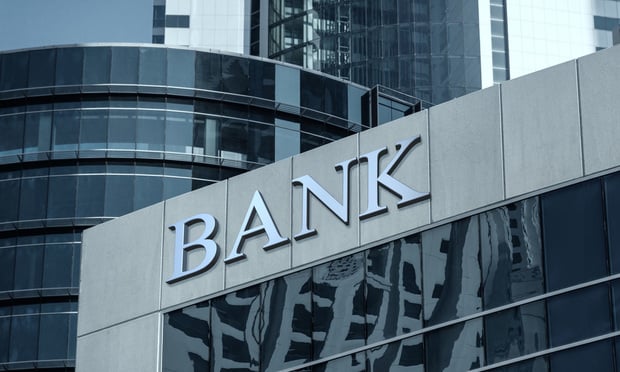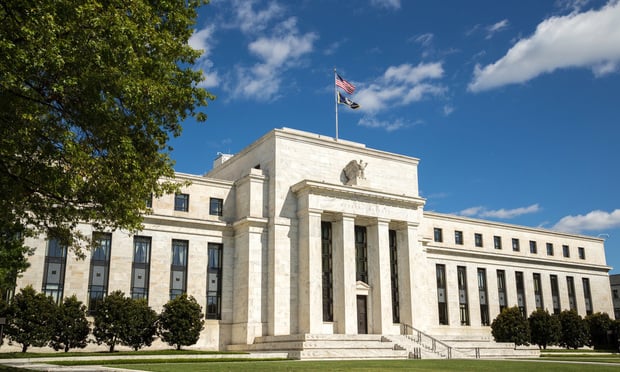CHICAGO—In 2015, there have been positive upticks in commercial transaction volume and value. What are the drivers? That was the first question in a Twitter discussion held Wednesday, where GlobeSt.com served as an expert participant, along with George Ratiu, director of commercial research at the National Association of REALTORS, and experts from Inland Group.
The answer? According to Inland Group experts, “In addition to the US economy stabilizing, reduced commercial real estate inventory has amplified demand and accelerated price growth.”
When asked about which commercial property markets are experiencing the most growth and why, the Inland Group noted that the demand in top markets is being driven, in part, by overseas investors seeking stable assets.
Ratiu added that Manhattan, Los Angeles, Chicago, Dallas and Atlanta recorded the highest commercial real estate sale volumes in 2015. However, he noted that the fastest growing metro areas in year-over-year sales include Orlando, Palm Beach, St. Louis, DC's Virginia suburbs and Raleigh/Durham. Ratiu pointed out that secondary and tertiary markets have experienced faster comparative growth over the past year and a half. “Recovery in market fundamentals solidified, and investors found the markets' higher yields very attractive,” he said.
As for what hurdles the CRE sector must overcome to finish strong in 2015, Ratiu said that based on the latest data, economic performance was stronger than expected in 2015. “With declining vacancies and rising rents, the commercial real estate sectors are well positioned for a positive 2015.”
“Fueled by the multifamily vertical, commercial real estate is poised to keep growing,” said experts at Inland Group, “but a repeal of like-kind exchanges poses a threat.” Another concern, according to the firm's experts, includes any aggressive rise in interest rates.
GlobeSt.com's managing editor, Paul Bubny, said that concerns about pricing for top-tier properties, relative to other investment vehicles, is one particular issue to overcome.
When asked about where demand will be increasing the most, and whether there are certain sectors that are performing better than others, Ratiu pointed out that multifamily provided the strongest performance during and post-recession and is expected to remain strong. And in looking at core property types, he said that industrial has been the real growth sector. “With international trade and increasing e-commerce demand, warehouse and distribution centers offered strong fundamentals.”
GlobeSt.com's Bubny added that e-commerce has greatly boosted demand for industrial in all markets, secondary as well as primary.
Ratiu added that “Employment trends will drive household formation higher. However, accelerating supply is pushing vacancies upwards.”
Inland Group agreed, noting that “job growth and household formation among Millennials is supporting robust demand for apartments.”
Some say residential home prices are rising too fast. When asked what this means for the multifamily market, Ratiu said, “Based on the data, rents have also been rising quite strongly, in many metros at a faster clip than wages. Household formation averaged 1.3 million over 1958-2007. It dropped to a yearly average of 579,000 over 2008-2013, jumped to 2.2 million in 2014. While vacancies are expected to tick up slightly, rent growth is likely to remain above 3.5%.”
Inland Group added that they are seeing Millennials start out in the apartment market, a trend that is fueling the firm's healthy multifamily outlook.
Bubny added that “Although rents are rising in many markets, down payment is still a hurdle for millennials in early careers.”
Switching gears, the chat focused on what the future looks like for retail. According to Ratiu, the retail markets have undergone positive recovery from depths of recession. “Consumer spending-growing steadily over past years and it picked up pace in 2015.”
Inland Group experts pointed out that, according to ICSC, “If policymakers fix the online sales tax system & help storefronts compete, retail will accelerate.”
The conversation also turned to what industry professionals should know about the office and industrial sectors, GlobeSt.com's Bubny noted that absorption and vacancy declines in office have spread beyond gateway and tech centers, adding that tech is the big driver in office leasing. Ratiu said industrial vacancies reached a 14-year low—6.9%—during Q2, “as rents rose 5.1% during the period.”
When discussing concern in the investment community that the Fed is hinting at a rate hike and how it would affect CRE, Ratiu said that “In brief, the effect is likely to be minimal. It is worth pointing out that Fed Funds Target rate is a short-term rate.” In addition, he said that “Most commercial real estate debt is longer termed. Recent turmoil in financial markets put additional pressure on Fed not to raise rates.” Last but not least, he said, “the interest rate on 10-year Treasury Notes averaged 2.1% during the Q2, unchanged from Q1.”
Inland Group agreed, noting that the impact is expected to be minimal, and GlobeSt.com's Bubny said that a rate hike is likely to be very gradual and incremental.
Continue Reading for Free
Register and gain access to:
- Breaking commercial real estate news and analysis, on-site and via our newsletters and custom alerts
- Educational webcasts, white papers, and ebooks from industry thought leaders
- Critical coverage of the property casualty insurance and financial advisory markets on our other ALM sites, PropertyCasualty360 and ThinkAdvisor
Already have an account? Sign In Now
© 2024 ALM Global, LLC, All Rights Reserved. Request academic re-use from www.copyright.com. All other uses, submit a request to [email protected]. For more information visit Asset & Logo Licensing.








